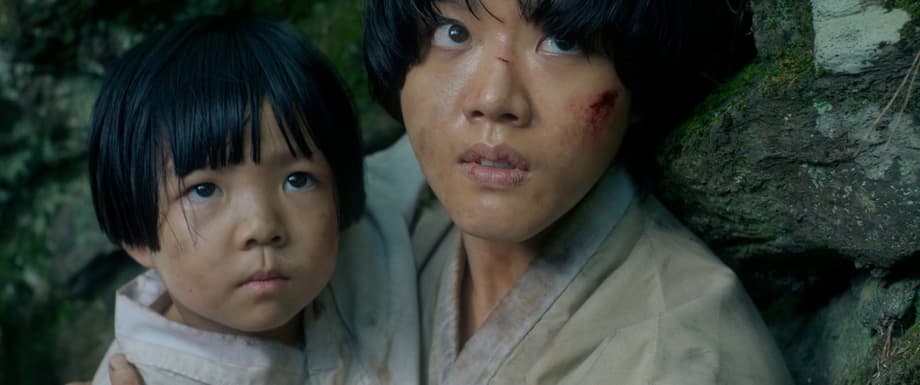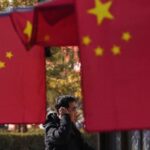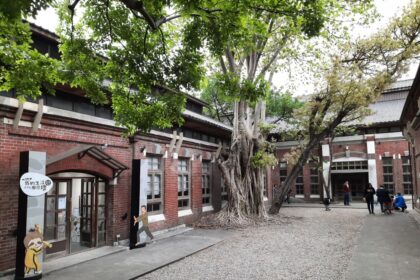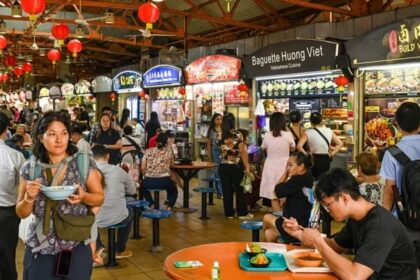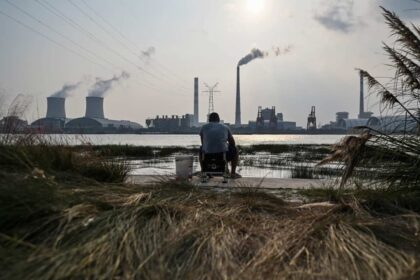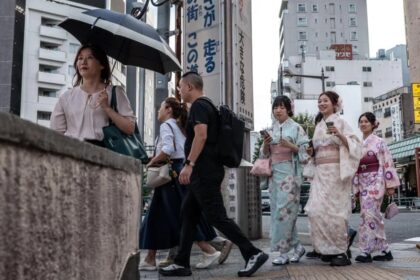Jeju memory on screen
Hallan, a new feature by director Ha Myung mi, turns one family’s flight into a clear lens on one of modern Korea’s darkest chapters. Opening on November 26 after a berth at the Aichi International Women’s Film Festival, the film stars Kim Hyang gi as Ajin, a young Jeju mother torn from her child when her village is swept up in the violence of the Jeju 4.3 Incident. With newcomer Kim Min chae as daughter Hae saeng, Hallan follows a hazardous trek into the slopes and forests of Hallasan, where love, hunger, and fear shape every choice.
Jeju 4.3 refers to a years long cycle of unrest and repression that began in the late 1940s, leaving an estimated 25,000 to 30,000 dead on the island. For decades under authoritarian rule, public mention of the killings risked punishment. Recent decades brought investigations, memorials, and a slow cultural reckoning. Instead of a lecture on history, Hallan chooses a small canvas, asking what survival looks like for an ordinary mother and child when state power descends on their hamlet.
From language to landscape, the production leans into place. Dialogue is delivered in the Jeju dialect, and actors trained to reflect local speech patterns and even differences across the island. Ha, who has lived on Jeju for more than a decade, films the beauty that draws travelers and the rugged terrain that once offered both shelter and danger for civilians on the run.
The director frames the project as an act of witness. By centering a small family, she tries to understand and share the pain carried by survivors, then pass it to viewers not as abstraction but as the faces of people who might live next door.
What happened during the Jeju 4.3 incident
Japan’s surrender in 1945 ended colonial rule, then United States military administrators took control in the South. Tension rose as plans for separate elections in the South moved forward in 1948, a step many Koreans feared would harden the division of the peninsula. On Jeju, protests and clashes gave way to an uprising on April 3, 1948, which is where the shorthand 4.3 comes from.
The state response was severe. Police, constabulary units, and allied right wing youth groups carried out sweeps across villages suspected of harboring rebels or sympathizers. Homes were burned. Men were separated from families for screening. Many civilians, including women and children, were killed as suspected leftists. Fighting and reprisals ebbed and flowed into the Korean War years, before quiet returned by the mid 1950s.
Government investigations decades later acknowledged grave abuses by state forces and recommended apologies and reparations. The Jeju April 3rd Special Act in 2000 opened the door to official inquiries, a major report followed in 2003, and presidents have since attended annual memorials. Even with formal gestures, the human story, grief, and silence within families needed other forms to reach wider audiences. Cinema and literature began to fill that space.
A survival story shaped by a mother’s choices
In Hallan, Ajin’s husband has joined the guerrillas in the hills. When troops enter their village, Ajin flees with neighbors while her young daughter and mother in law are left behind in the chaos. The early passages move with panic and dust, then narrow to a raw struggle as Ajin manages to reunite with Hae saeng and the two hide in the island’s wild interior. Food is scarce. The wind cuts. The bond between them becomes the engine that keeps them moving.
The film keeps the camera near their faces and hands. Violence is present and terrifying, yet much of it is glimpsed through what the pair hear and fear. This choice reframes a vast historical event as an intimate fight for warmth, water, and safety. It asks viewers to consider how civilians experience war and political purges, not as headlines, but as a series of decisions that could keep a child alive for another day.
What the title means
The title points to a Jeju orchid associated with Hallasan that blooms in cold months. The winter flower carries a quiet image of resilience and dignity, ideas that course through Ajin’s journey. Naming the film after a native plant ties the story to soil and season, and to a form of life that endures in harsh weather.
Language as a living archive
Hallan’s dialogue is spoken in Jeju language rather than standard Korean. For many on the mainland, Jeju speech can be difficult to follow. UNESCO lists it as critically endangered. Using it on screen gives weight to a culture that faced loss of life and loss of voice. The production team worked with coaches so actors could handle rhythm, tone, and words specific to the island.
Viewers hear how characters from different parts of Jeju speak with distinct color. That detail matters because it grounds the film in lived reality. Language is not only an accent. In a story about memory and survival, it becomes a vessel for community, jokes, scolding, and prayer.
Performances that carry the film
Kim Hyang gi, known to many for Along With the Gods, plays Ajin as a haenyeo, a free diver who harvests the sea. That background shapes how she moves, breathes, and faces danger. Kim Min chae’s portrayal of Hae saeng gives the story its pulse, with a child’s fear balanced by stubborn will. Together they find small moments of play and comfort even as the world collapses around them.
The ensemble adds texture: Hwang Jung nam, Kim Won joon, Choi Seung joon, Kim Da white, Kang Chae young, and Kang Myung joo appear as neighbors, soldiers, and kin who slide between kindness and suspicion under pressure. The range of faces and ages helps the movie feel like a community under strain rather than a lone quest.
The island as character
Jeju is more than a backdrop. The camera lingers on stone walls, tangerine groves, oreum cones, and the wind that never quite stops. Black lava rock becomes shelter and threat. Caves and gullies that attract hikers today once hid families who hoped to avoid patrols. The natural world in Hallan is breathtaking, but it also dictates tempo, supplies, and the path a mother dares to take.
This approach mirrors earlier island set works about 4.3, while carving its own style. The emphasis on texture, breath, and hush gives viewers time to feel cold, hunger, and the tiny victories of finding water or firewood.
Reception abroad and release at home
Hallan premiered at the Aichi International Women’s Film Festival, drawing interest from audiences outside Korea who connected with its universal themes of trauma, flight, and parental love. That early reception suggests the movie can travel, even for viewers unfamiliar with Jeju’s history.
The film opens in theaters on November 26. The marketing highlights the mother and daughter at the center, with teaser posters and a trailer that introduces the march into Hallasan, village announcements, and the confusion of sudden separation. The release arrives at a time when court decisions have been voiding wrongful convictions tied to 4.3 and when local schools and museums have expanded education around the tragedy.
How it compares with earlier works
Hallan joins a small but meaningful line of works that turned the lens toward Jeju 4.3. Jiseul, which won a top prize at Sundance, centered on villagers hiding in a cave. Soup and Ideology used documentary tools to trace a family history linked to Jeju’s violence. Novelist Han Kang approached memory and loss through fiction in We Do Not Part. Each title chose a different form, yet all gave voice where silence once ruled.
Hallan stands apart in how it binds the story to two bodies in motion, a mother who dives for a living and a child who must learn to move quietly. The focus on language, daily work, and the way a parent calculates risk makes it less a war chronicle and more a study of care under extreme pressure.
Key Points
- Hallan opens on November 26 in South Korea, after a festival premiere in Japan.
- The film follows a Jeju mother, Ajin, and her daughter Hae saeng as they flee violence during the Jeju 4.3 Incident.
- Dialogue is in the Jeju language, with actors trained for local speech and nuance.
- Director Ha Myung mi has lived on Jeju for years and frames the island’s terrain as both beauty and obstacle.
- Jeju 4.3 refers to unrest and repression from 1947 to 1954 that killed an estimated 25,000 to 30,000 people.
- The cast includes Kim Hyang gi, Kim Min chae, Hwang Jung nam, Kim Won joon, Choi Seung joon, Kim Da white, Kang Chae young, and Kang Myung joo.
- Hallan adds to earlier treatments such as Jiseul, Soup and Ideology, and Han Kang’s We Do Not Part.
- The movie’s survival focus invites viewers to feel historical trauma through the private choices of a parent and child.


